Sodium Ethoxide
Sodium ethoxide, also known as Sodium ethylate, is a type of non-toxic, alkoxide salt which can come in both powder form as well as in solution with ethanol.
Sodium ethoxide Chemical Formula
The chemical formula for Sodium ethoxide is C2H5ONA.
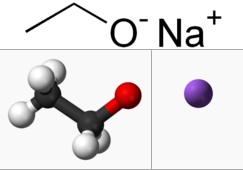
Picture 1 – Sodium Ethoxide Picture
Source – wikipedia.org
Sodium ethoxide Preparation
Synthesis of Sodium ethoxide can be done by chemically reacting sodium hydroxide or sodium metal with ethyl alcohol. This helps to create Sodium ethoxide in a liquid form.
2 C2H5OH + 2 Na → 2 C2H5ONa + H2
A reaction between sodium hydroxide and anhydrous ethanol gives us Sodium ethoxide combined with water. We can then remove the water by using a drying agent and it will leave us with Sodium ethoxide having greater purity.
C2H5OH + NaOH ⇌ C2H5ONa + H2O
The solid or powdered form of Sodium ethoxide is yellow in color.
Sodium ethoxide in Ethanol
When sodium is added to ethanol, the chemical reaction produces hydrogen gas which forms bubbles and leaves a sodium ethoxide solution. Sodium ethoxide is a form of an alkoxide. The solution of sodium ethoxide in ethanol is colorless. Sodium ethoxide when added to water reacts to form ethyl alcohol or ethanol.
Sodium ethoxide Boiling Point
The boiling point of Sodium ethoxide is at 91 degree Celsius.
Sodium ethoxide MSDS
Sodium ethoxide is hazardous to human health if it comes in contact with the skin and eyes. Exposure of the skin to this chemical can give rise to blisters and inflammations. The chemical, on contact with the eyes, may also lead to blindness. Inhaling or ingesting this chemical compound might result in serious health problems like
- Damage of the mucous membranes
- Irritation of respiratory and gastro-intestinal tracts
- Choking
- Unconsciousness
- Lung damage
In severe cases, it may also lead to death.
In case there is a contact of this chemical with the physical body, adequate care should be taken to avoid any serious health troubles. If the eyes come in contact with sodium ethoxide, the eyes should be washed rigorously with clean water for several minutes and a doctor is to be consulted just to be on the safe side.
The same holds true for any skin contact. Skin ointments should be used to soothe the skin from chemical burns and inflammations.
Inhaling this chemical fumes might cause serious breathing problems. The patient in this case should be immediately taken to a zone of fresh air and tight clothes if any should be loosened. Artificial respiration and oxygen might be necessary for getting back to normal breathing.
Sodium ethoxide is a stable chemical compound. However, it is highly unstable and will react violently if it comes in contact with acids, water or moisture, chlorinated solvents, air, dust and light. Sodium ethoxide is highly flammable. It is a hygroscopic chemical compound, which means that it is sensitive to air, moisture or light. It is therefore advisable to keep Sodium ethoxide away from open flames or anything that might cause sparks and causes the chemical to catch fire. In case there is a fire, dry chemical powders may be used to extinguish small fires and a spray for a large fire.
Sodium ethoxide might catch fire if it comes in contact with air. So it should be kept in a dry, tight, airless container and stored in a cool place.
Special sodium ethoxide safety measures are needed to follow while dealing with this chemical. While handling this chemical, special protection gear like splash goggles, vapor/dust respirator, gloves and suit, etc. should be used that will ensure absence of direct exposure.
Sodium ethoxide is classified as Hazard Class 4.2.
While disposing off wastes of sodium ethoxide, it should be done in ways that are in accordance with state, federal and local environmental regulations to avoid potential hazardous conditions.
Sodium Ethoxide Applications
Sodium ethoxide is one of the components used to synthesize diethyl ester of malonic acid apart from ethyl ester. Sodium ethoxide is also used in Claisen condensation.
- References
- http://www.merriam-webster.com/dictionary/sodium%20ethoxide
- http://www.chemguide.co.uk/organicprops/alcohols/sodium.html
- Pubchem.ncbi.nlm.nih.gov
- https://www.merckmillipore.com/IN/en/product/Sodium-ethoxide,MDA_CHEM-820871
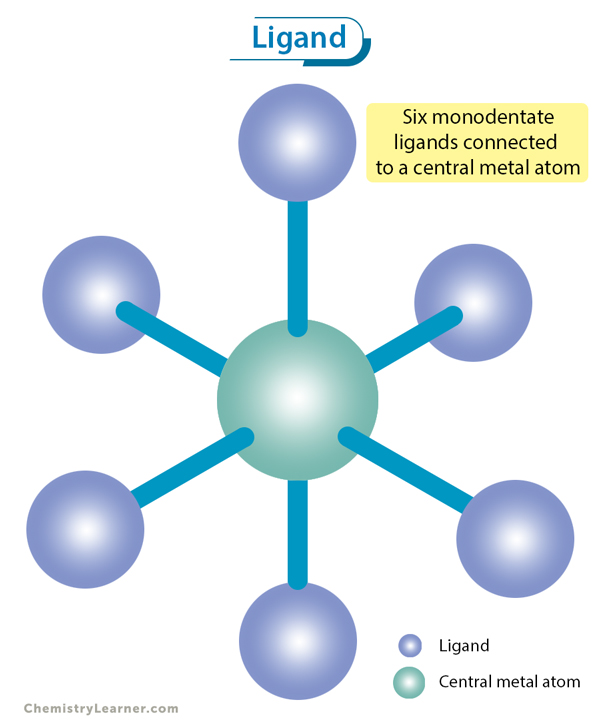
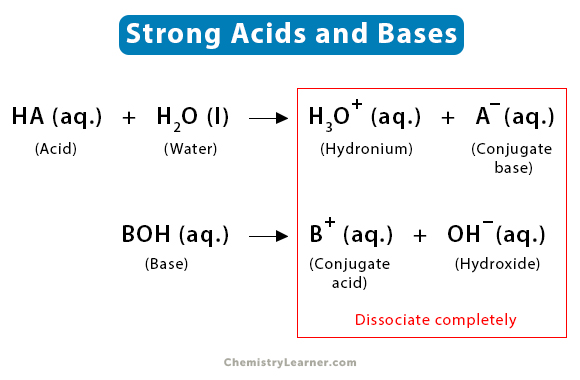
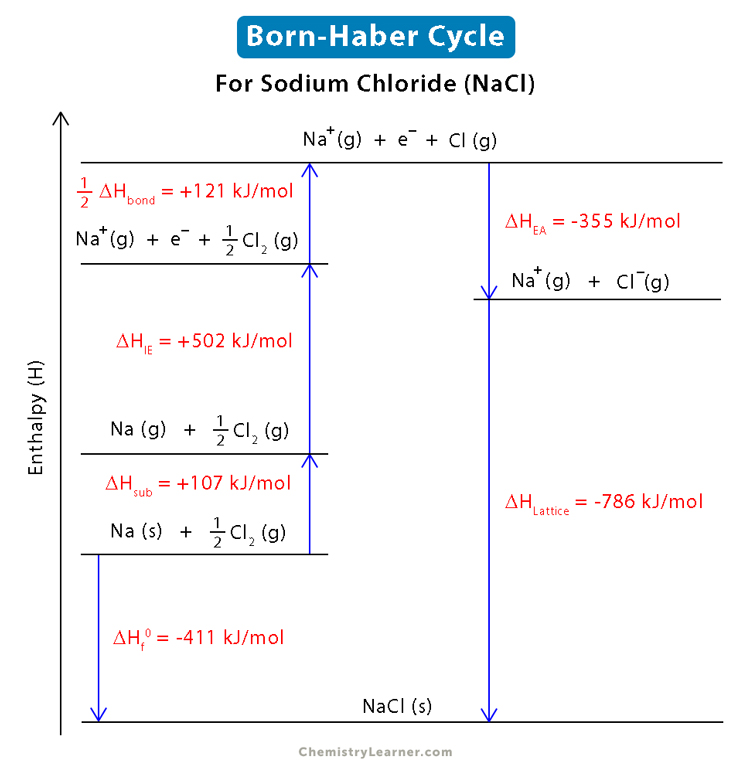
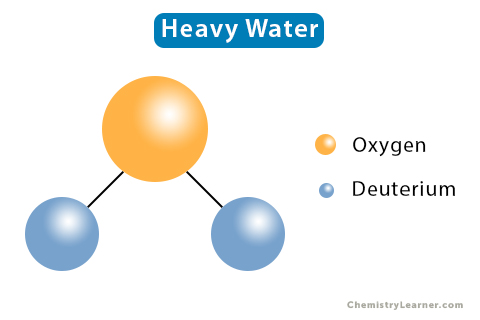
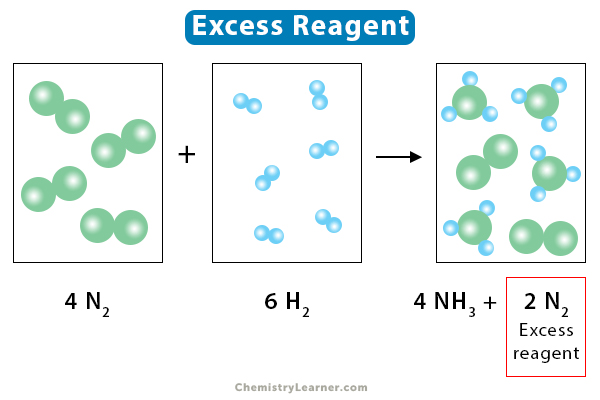
This is great and vry unique..
Ah Cherish & appreciate dis marvelous work..
I pray that the end product of all this shall be blessings of God and wisdom.Amen